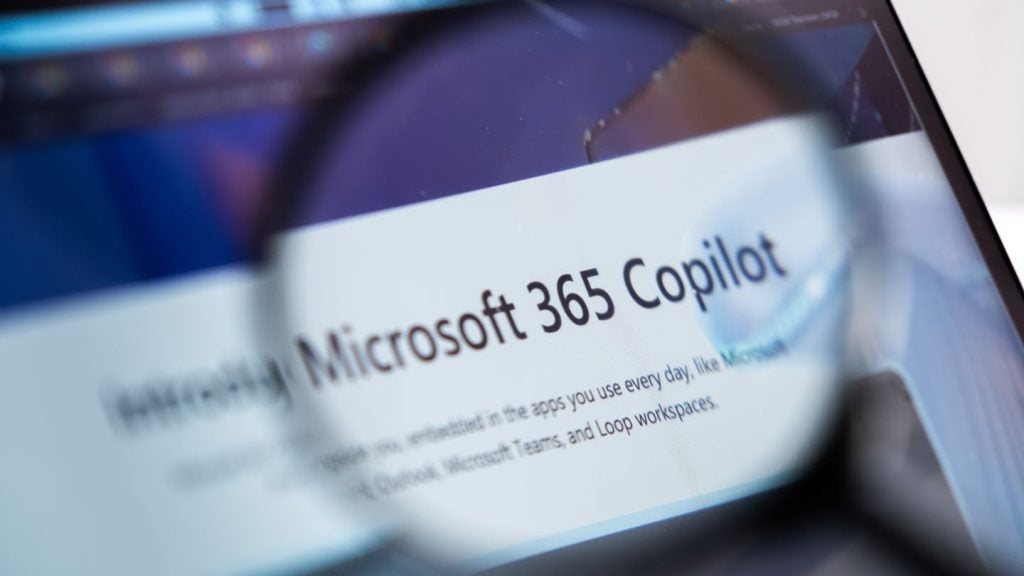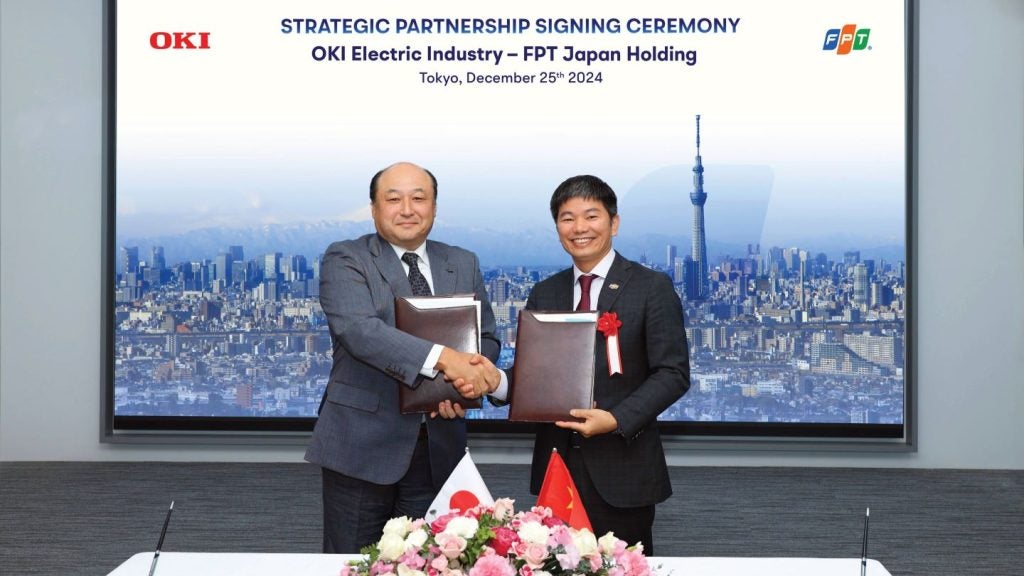Canon had 66 patents in metaverse during Q2 2024. Canon Inc filed patents for a head-mounted display with image sensor and display to reduce saliency of objects based on user information, a printing system with virtual object display for print settings, an image processing apparatus for generating virtual viewpoint images, and an electronic device for correcting reference direction in VR images. GlobalData’s report on Canon gives a 360-degree view of the company including its patenting strategy. Buy the report here.
Canon had no grants in metaverse as a theme in Q2 2024.
Recent Patents
Application: Head mounted display, control method of head mounted display, and non-transitory computer readable medium (Patent ID: US20240212296A1)
The patent filed by Canon Inc. describes a head-mounted display system that includes an image sensor capturing real space, a display showing the captured image, and a control unit reducing the saliency of specific real objects based on user information. The user information can include vital signs like facial expression, heart rate, and blood pressure, as well as the duration of the user's gaze on an object. The control unit can adjust the display by superimposing graphics, erasing real objects, blurring them, or applying a mosaic effect.
The system can differentiate the type of image processing based on user information, such as superimposing virtual objects or warning dialogs, changing textures, or outlining real objects. Additionally, the patent includes a method for controlling the head-mounted display based on user information and a computer-readable medium storing a program to execute this control method. Overall, the patent focuses on enhancing user experience by adjusting the display of real objects in the user's line of sight based on their vital signs and gaze duration.
To know more about GlobalData’s detailed insights on Canon, buy the report here.
Data Insights
From

The gold standard of business intelligence.
Blending expert knowledge with cutting-edge technology, GlobalData’s unrivalled proprietary data will enable you to decode what’s happening in your market. You can make better informed decisions and gain a future-proof advantage over your competitors.







